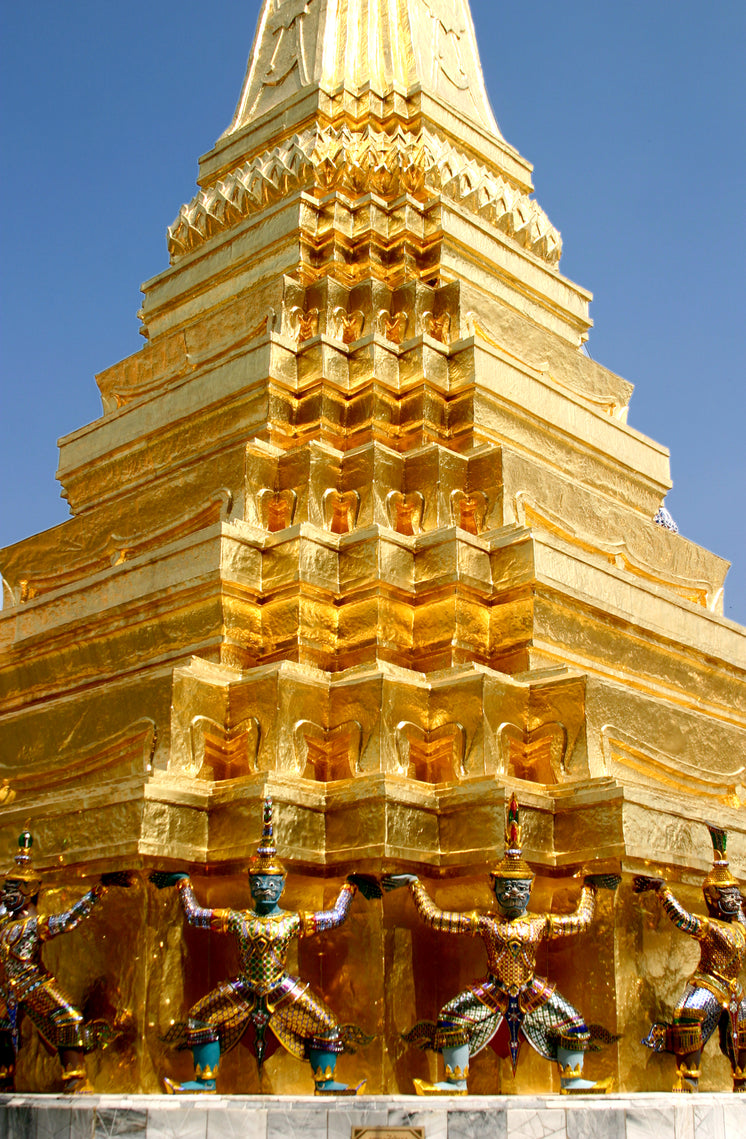
jamikepert4670
About jamikepert4670
Understanding Treasured Metals IRAs: An Observational Analysis Article
On the planet of retirement planning, the idea of diversifying one’s investment portfolio has gained important traction. Among various investment vehicles, Individual Retirement Accounts (IRAs) have emerged as a popular alternative for individuals trying to safe their monetary future. Recently, the inclusion of valuable metals in IRAs has garnered consideration, as traders seek to guard their wealth against financial uncertainties. This text goals to explore the intricacies of Precious Metals IRAs, analyzing their enchantment, construction, advantages, and potential drawbacks via observational research.
The Rise of Precious Metals IRAs
The curiosity in Treasured Metals IRAs has surged lately, particularly in response to fluctuating stock markets, inflation concerns, and geopolitical tensions. As investors search to safeguard their belongings, valuable metals like gold, silver, platinum, and palladium have emerged as viable options. Unlike traditional IRAs, which sometimes encompass stocks, bonds, and mutual funds, Precious Metals IRAs enable individuals to carry bodily bullion or coins as a part of their retirement portfolio.
Construction and Regulations
A Precious Metals IRA features similarly to a traditional IRA, with the first distinction being the kind of belongings held. To qualify as a Precious Metals IRA, the metals must meet particular purity standards set by the internal Income Service (IRS). As an illustration, gold should be at the least 99.5% pure, whereas silver must be 99.9% pure. Additionally, the metals should be stored in an accredited depository, ensuring their security and compliance with IRS laws.
The strategy of establishing a Precious Metals IRA involves a number of steps. Buyers sometimes start by choosing a custodian, a financial institution chargeable for managing the account. The custodian assists in the acquisition of valuable metals, ensures compliance with IRS rules, and handles the storage of the bodily property. Buyers can fund their Precious Metals IRA by rollovers from present retirement accounts or by making direct contributions.
Benefits of Treasured Metals IRAs
- Hedge In opposition to Inflation: Precious metals, notably gold, have historically been seen as a hedge against inflation. As the worth of fiat currencies declines, the demand for tangible assets like gold tends to rise, preserving buying power over time.
- Diversification: Including precious metals in an funding portfolio provides diversification, which might mitigate danger. Precious metals often have a low correlation with conventional asset lessons, akin to stocks and bonds, making them a pretty choice for danger-averse traders.
- Tangible Assets: In contrast to stocks or mutual funds, treasured metals provide the benefit of being tangible assets. This physicality can provide a way of safety for investors who want holding something concrete quite than intangible monetary devices.
- Potential for Appreciation: Over the long run, precious metals have demonstrated the potential for appreciation. Should you loved this informative article and you would want to receive much more information regarding iragoldinvestments kindly visit our webpage. Factors reminiscent of supply and demand dynamics, geopolitical events, and currency fluctuations can affect the prices of valuable metals, creating opportunities for capital beneficial properties.
Drawbacks and Concerns
Whereas Precious Metals IRAs offer several benefits, they don’t seem to be without drawbacks. Buyers ought to consider the next components:
- Storage Charges: Storing bodily metals incurs prices, together with storage and insurance coverage charges. These expenses can eat into potential returns, making it important for buyers to consider these prices when considering a Precious Metals IRA.
- Restricted Investment Choices: Not like traditional IRAs that provide a big selection of investment choices, Precious Metals IRAs are limited to specific metals that meet IRS standards. This restriction may not appeal to traders seeking broader diversification.
- Market Volatility: Treasured metals will be subject to important value fluctuations. Whereas they might function a hedge against inflation, their prices can be influenced by market sentiment, making them a doubtlessly volatile investment.
- Liquidity Concerns: Selling bodily treasured metals could be much less simple than liquidating stocks or bonds. Buyers could face challenges in finding buyers or could incur additional prices when selling their metals, impacting general liquidity.
Observational Insights
By observational analysis, it turns into evident that the enchantment of Valuable Metals IRAs is rooted in a combination of economic factors and particular person investor psychology. Many traders are drawn to the idea of owning tangible belongings, particularly during instances of financial uncertainty. The allure of valuable metals as a protected haven usually leads individuals to discover this funding avenue as a technique of wealth preservation.

Furthermore, the rising availability of information and instructional assets about Treasured Metals IRAs has empowered traders to make informed selections. On-line platforms, monetary advisors, and funding seminars have contributed to the rising awareness of the benefits and dangers associated with these accounts.
Conclusion
Treasured Metals IRAs represent a singular funding opportunity for individuals searching for to diversify their retirement portfolios and protect their wealth in opposition to inflation and economic volatility. Whereas they provide distinct advantages, resembling tangibility and potential for appreciation, buyers should additionally navigate the related prices and market dynamics. As the landscape of retirement planning continues to evolve, the inclusion of valuable metals in IRAs is likely to stay a subject of interest for both seasoned and novice traders alike. Ultimately, individuals should fastidiously assess their monetary objectives, threat tolerance, and funding methods when considering the mixing of Treasured Metals IRAs into their retirement planning.
No listing found.
